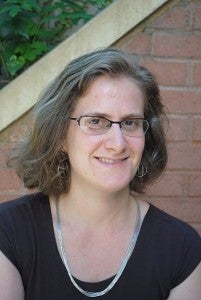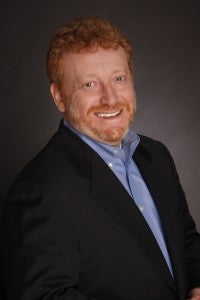 Recently, I blogged here about the fact that significant improvements in the efficiency of existing buildings – a critical and potentially cost-effective part of our carbon reduction strategy – are not easy to achieve, and described how doubts about the likely success of energy upgrade projects are a barrier to “scaling up” efficiency in buildings. I also touched on EDF’s efforts to change that.
Recently, I blogged here about the fact that significant improvements in the efficiency of existing buildings – a critical and potentially cost-effective part of our carbon reduction strategy – are not easy to achieve, and described how doubts about the likely success of energy upgrade projects are a barrier to “scaling up” efficiency in buildings. I also touched on EDF’s efforts to change that.
Today I’m happy to report further on some of the progress being made toward a future in which energy efficiency (EE) project originators and funders will have greater reason to expect success in energy upgrades involving existing buildings.
Last week, EDF partnered with Bloomberg New Energy Finance to host ‘Leveraging Data to Move Markets,’ a half-day discussion among government, real estate, Wall Street, real estate entrepreneurs and NGOs, with participation from the Department of Energy (DOE) and the White House Center for Environmental Quality (CEQ). The discussion focused on DOE and EDF efforts to address key data and standardization requirements to meet the needs of private capital markets to facilitate comprehensive energy efficiency projects.
It was clear based on the conversation throughout the day that investors and other market players are looking for accurate, reliable, and transparent forecasts of savings from EE projects and related loans in order to manage risk associated with investing. The lack of standards for data and for the various practices that make up the lifecycle of an EE retrofit are not only affecting the ability to rely on the savings being delivered, but also impeding the origination of projects and creating significant transaction costs to all players.
As Jonathan Powers described at the opening of the meeting, the White House’s CEQ is keenly interested in stimulating discussions among private market actors and parties in possession of data, with an eye toward how data sets can be leveraged to achieve purposes above and beyond the capabilities of the entity that collected it in the first place. The DOE is actively engaged in creating data sets with the potential to change the landscape in which energy efficiency projections are made.
Ron Herbst of Deutsche Bank observed during the day’s opening panel that “Data informs where you should hunt for opportunity.” He also noted that auditable energy performance data would be a substantial step forward, and emphasized the power of transparency to correct malfunctioning markets. Jeff Pitkin, of the New York State Energy Research and Development Authority (NYSERDA, a New York State authority with a mandate to run energy efficiency programs), seconded the need for transparency. Mr. Pitkin noted that the ability to ground projections in something that is “seen as a credible process,” and transparency with respect to the distinct track records of different market actors, would be powerful levers for building better programs and making prospective projects more attractive to property owners. Angela Ferrante of Energi, an insurance company seeking to underwrite performance risk in energy upgrade projects, similarly stressed that the variability among project proposals is itself a real barrier to efficient underwriting. Read More »















